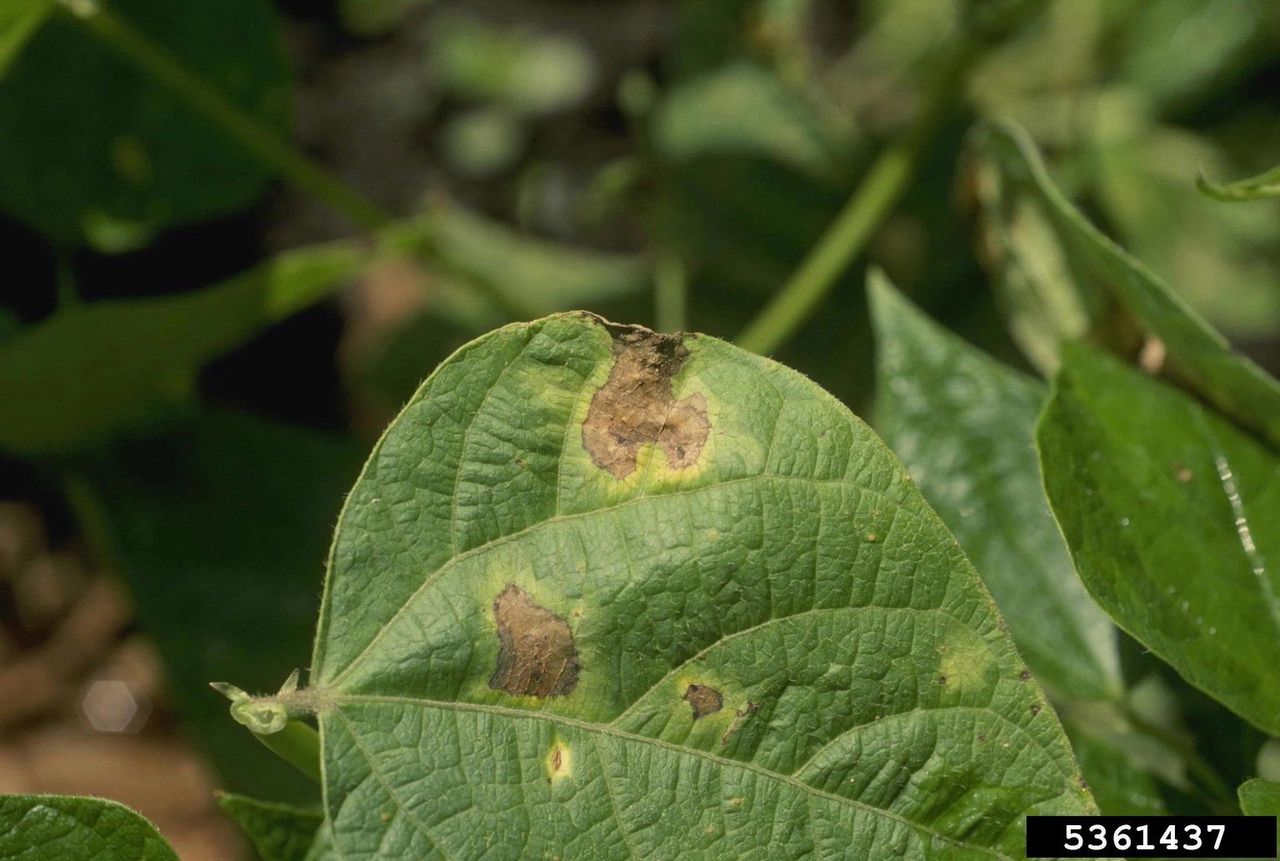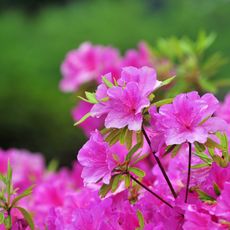Bacterial Pea Blight : How To Recognize Bacterial Blight In Peas


Bacterial diseases on plants come in many forms. Pea bacterial blight is a common complaint during cool, wet weather periods. Pea plants with bacterial blight exhibit physical symptoms such as lesions and water spots. Commercial growers don't consider this a disease of economic importance, but in the lower-yielding home garden, your harvest can be depleted. It is best to be able to recognize the signs and symptoms and know what control measures are appropriate.
What is Bacterial Pea Blight?
Recognizing the various diseases that can occur on vegetable plants is a challenge. Bacterial diseases come in many forms and attack many types of plants. One of the more common is bacterial blight in peas. It can spread through rain splash, wind, or mechanical methods. That means it can become epidemic in field situations. However, the symptoms are mostly cosmetic, except in very severe cases, and most plants will survive and produce pods. Bacterial blight in peas is caused by a bacteria that harbors in the soil for up to 10 years, waiting for the right host and conditions. In addition to cool, wet weather, it is most prevalent when conditions already exist that damage the plant, like hail or heavy winds. This invites the bacteria by presenting a wound for entry. The disease mimics several fungal diseases but cannot be managed with a fungicide. However, it is best to separate it from those pathogens. In severe infections, the pea plant will become stunted and any forming fruit will weep and ooze. Most cases will simply end when conditions dry up.
Symptoms of Pea Bacterial Blight
Bacterial pea blight starts out with lesions that are water-soaked and turn necrotic. The disease affects only the above-ground plant. As it progresses, water spots expand and become angular. Lesions weep initially and then dry and fall out. It can cause tip death at certain points where the disease girdles the stem but usually doesn't kill the whole plant. The bacteria does cause stunted growth, diminished pod production when sepals are infected and even seed infection. Once temperatures rise and rain diminishes, most cases of pea bacterial blight subside naturally.
Preventing Pea Plants with Bacterial Blight
Control starts at planting by using clean or resistant seeds. Never use seeds from infected plants. Keep all tools and machinery sanitized to prevent spreading or introducing the bacteria. Water gently from under the leaves of the plant to prevent splashing. Do not water in the evening where leaves do not have a chance to dry. Also, avoid working in the area when it is raining or overly wet. If you "chop and drop" old plants, wait at least two years before planting peas in that area again. Bacterial blight should be thought of like a cold and is just as contagious, but it won't kill plants and is easy to manage with good hygiene.
Gardening tips, videos, info and more delivered right to your inbox!
Sign up for the Gardening Know How newsletter today and receive a free copy of our e-book "How to Grow Delicious Tomatoes".

Bonnie Grant is a professional landscaper with a Certification in Urban Gardening. She has been gardening and writing for 15 years. A former professional chef, she has a passion for edible landscaping.
-
 Ideal Azalea Water Requirements – For Lush, Healthy Shrubs That Will Thrive For Years
Ideal Azalea Water Requirements – For Lush, Healthy Shrubs That Will Thrive For YearsWhat are an azalea's water requirements? Learn how to keep these beautiful spring-blooming shrubs happy and healthy in your yard or container garden.
By Amy Grant
-
 7 Vegetables To Plant In April: Start Indoors Or Outside For A Bumper Summer Harvest
7 Vegetables To Plant In April: Start Indoors Or Outside For A Bumper Summer HarvestAchieve your growing ambitions with these best vegetables to plant in April – including cold-hardy crops to sow direct and tender varieties to start indoors
By Mary Ellen Ellis